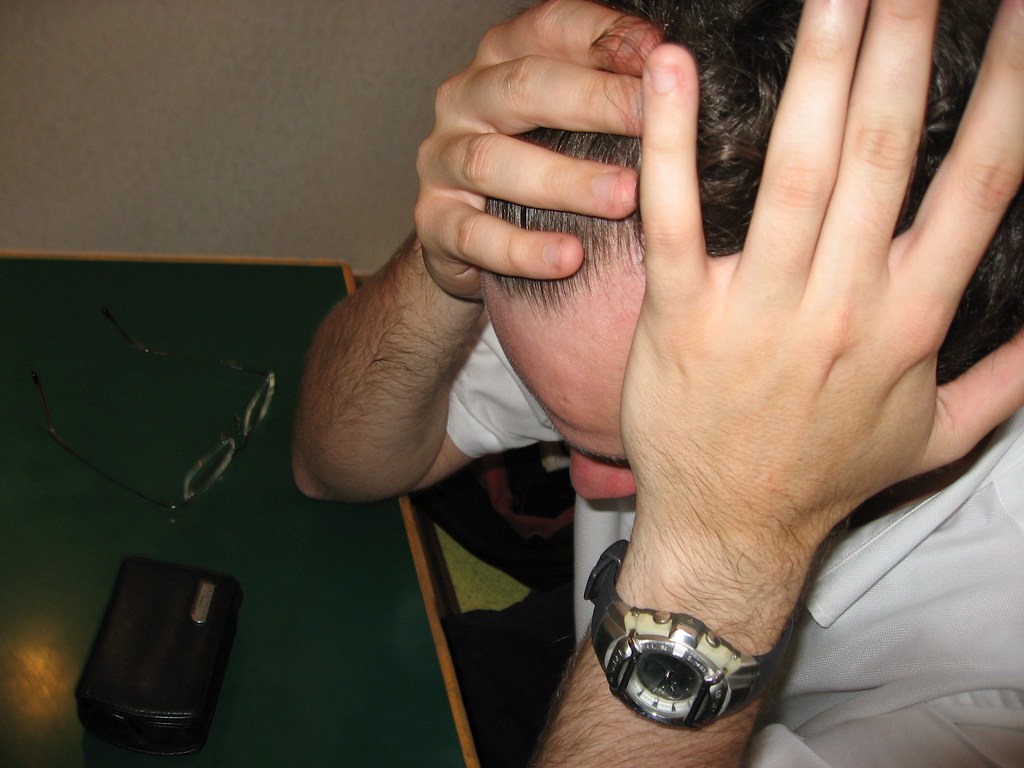Rapunzel syndrome relates to two medical conditions Trichotillomania and trichophagia, which are somewhat related conditions signified by pulling and eating one’s own hair. Previously, medical experts believed that it is a sign of depression and compulsive disorder (OCD). However, it is now classified as a separate condition called body-focused repetitive behavior (BFRB).
There are other BFRBs as well that include picking of the sun and biting nails which were also categorized as a sign of depression. Nearly 2-4% of people are suffering from trichotillomania and its symptoms start from an early age of 11 years. Although this condition relates to pulling and swallowing the hair only a few fractions of the patients eat their hair. Rest only pull them off and not swallow them.
Also read- A Daily Use of Aspirin can Increase the Risk of Cardiovascular Diseases
Trichotillomania means to pull the hair from its root. It is not just limited to the scalp alone but people are also likely to pull off the hair from their eyebrows, eyelashes, underarms, genitals, and other body parts.
Sometimes this Rapunzel syndrome becomes so intense that it leaves bald spots on the body. That’s why some people are bound to wear wigs, hats, or caps. It also affects their academic performance, work performance, relationships, and personal wellbeing.
Sometimes anxiety and stress co-exist with this Rapunzel syndrome, together which may be a self-loathing process for its patients. Unlike other diseases, trichotillomania has no underlying risk factors and mental health conditions involved. Also, it is not a type of self-harm and suicidal thoughts.
Trichophagia is a little different from the trichotillomania as it also promotes the patient to eat his plucked hair. But it is rare that people start to eat their hair after pulling them. A study reported that 20.6% of people who are experiencing trichotillomania have eaten their hair at least once in life. This number may be much more because most of the data on these conditions is self-reported and not proven through a clinical trial.
Because of the self-harming nature, people feel shameful to talk about it or get medical help. Only a limited number of people get their trichophagia, and trichotillomania treatment, rest believe it to be a sign of stress which will go away on its own.
Triichophagia is a neurological condition with a genetic involvement. But the good thing is that it is treatable with cognitive-behavioral therapy (CBT).
Also read- Seasonal Affective Disorder (SAD) Will be More Intense in 2020
This therapy identifies the triggers of this compulsive behavior and helps to change the individual response to these triggers. The methods used in this therapy change the body’s neural pathways and the response to the brain. A doctor may also like to prescribe some medicines to be a part of a person’s therapy.
In some rare cases, patients of trichophagia may develop a trichobezoar inside their stomach or anywhere in the GI tract. This condition is similar to the hairball in furry pets which takes place because of them excessively licking and consuming their hair. The presence of this hairball is originally what is referred to as the “Rapunzel syndrome”. This disease shows itself as persistent nausea, vomiting, loss of appetite, and severe abdominal pain.


